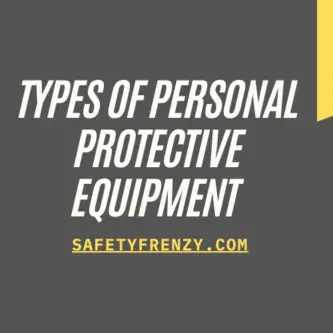Introduction:
Workers’ compensation insurance is designed to provide benefits to employees who suffer injuries or illnesses that are work-related.
These benefits include medical treatment, wage replacement, and other forms of support that help injured workers recover and return to work.
However, some jobs come with inherent physical hazards that can lead to serious injuries or even death.
In this article, we will explore the relationship between physical hazards and workers’ compensation claims and costs.
Physical Hazards in the Workplace:
Physical hazards in the workplace can include anything that could cause harm to an employee’s health or safety. Some common examples of physical hazards include:
- Dangerous machinery and equipment
- Hazardous materials and chemicals
- Extreme temperatures (hot or cold)
- Noise pollution
- Poor ergonomics (e.g., uncomfortable workstations, repetitive motions)
- Heavy lifting and manual labor
Workers’ Compensation Claims:
When an employee is injured on the job, they can file a workers’ compensation claim to receive benefits.
The process for filing a claim can vary by state, but typically involves notifying the employer of the injury and completing paperwork to document the incident.
The employer’s workers’ compensation insurance will cover the cost of medical treatment, as well as any wage replacement benefits that the injured worker is entitled to.
Costs of Workers’ Compensation Claims:
Workers’ compensation claims can be costly for employers, particularly if the injury is severe and requires extensive medical treatment or long-term disability benefits.
In addition to the direct costs of medical treatment and wage replacement, employers may also face indirect costs, such as lost productivity and increased insurance premiums.
The total cost of a workers’ compensation claim can depend on a variety of factors, including:
- The severity of the injury
- The length of time the employee is out of work
- The cost of medical treatment and rehabilitation
- The employee’s salary and benefits
- The employer’s insurance rates and deductibles
Impact of Physical Hazards on Workers’ Compensation Claims and Costs:
Physical hazards in the workplace can increase the likelihood of workplace injuries and illnesses, which can in turn lead to higher workers’ compensation claims and costs for employers.
Some specific ways that physical hazards can impact workers’ compensation claims and costs include:
- Increased likelihood of workplace accidents and injuries: Jobs with physical hazards are more likely to lead to workplace accidents and injuries, which can result in workers’ compensation claims.
- Higher severity of injuries: Physical hazards can also increase the severity of workplace injuries, which can lead to higher medical bills and longer recovery times.
- Increased time out of work: Injuries caused by physical hazards may require longer periods of time out of work, which can result in higher wage replacement benefits and lost productivity for the employer.
- Increased insurance rates: Employers with higher rates of workers’ compensation claims may face higher insurance premiums, which can be a significant financial burden.
Read also my detailed article about The Effect of Physical Hazard on Metal Health of Workers
Conclusion:
Physical hazards in the workplace can have a significant impact on workers’ compensation claims and costs.
Employers should take steps to identify and mitigate physical hazards in their workplaces to help prevent workplace injuries and reduce the risk of costly workers’ compensation claims.
By prioritizing workplace safety and implementing best practices for injury prevention, employers can protect their employees and their bottom line.




